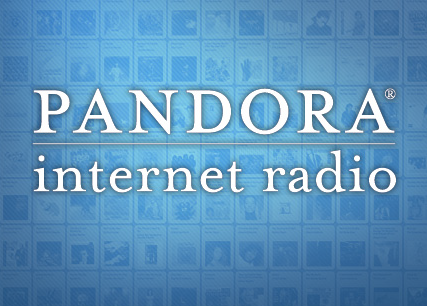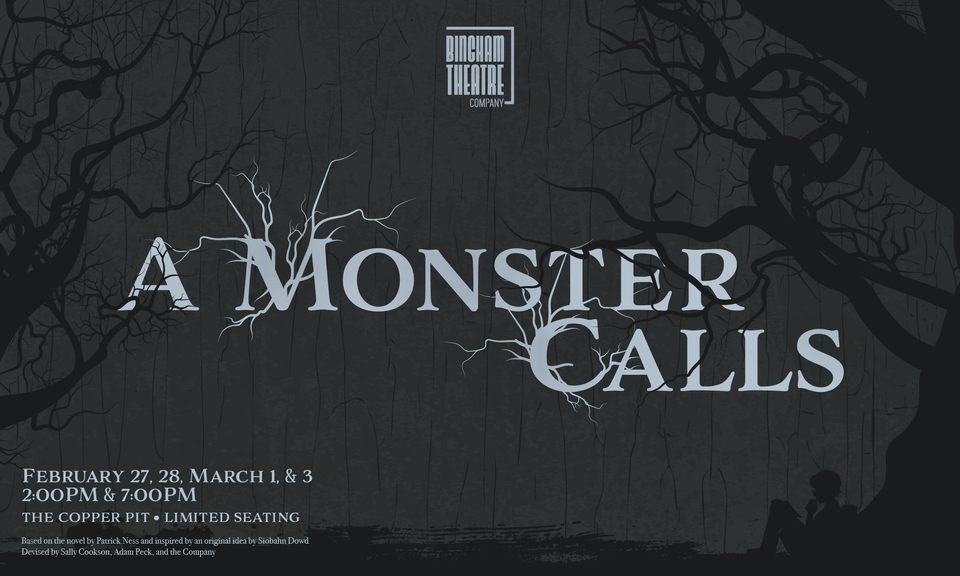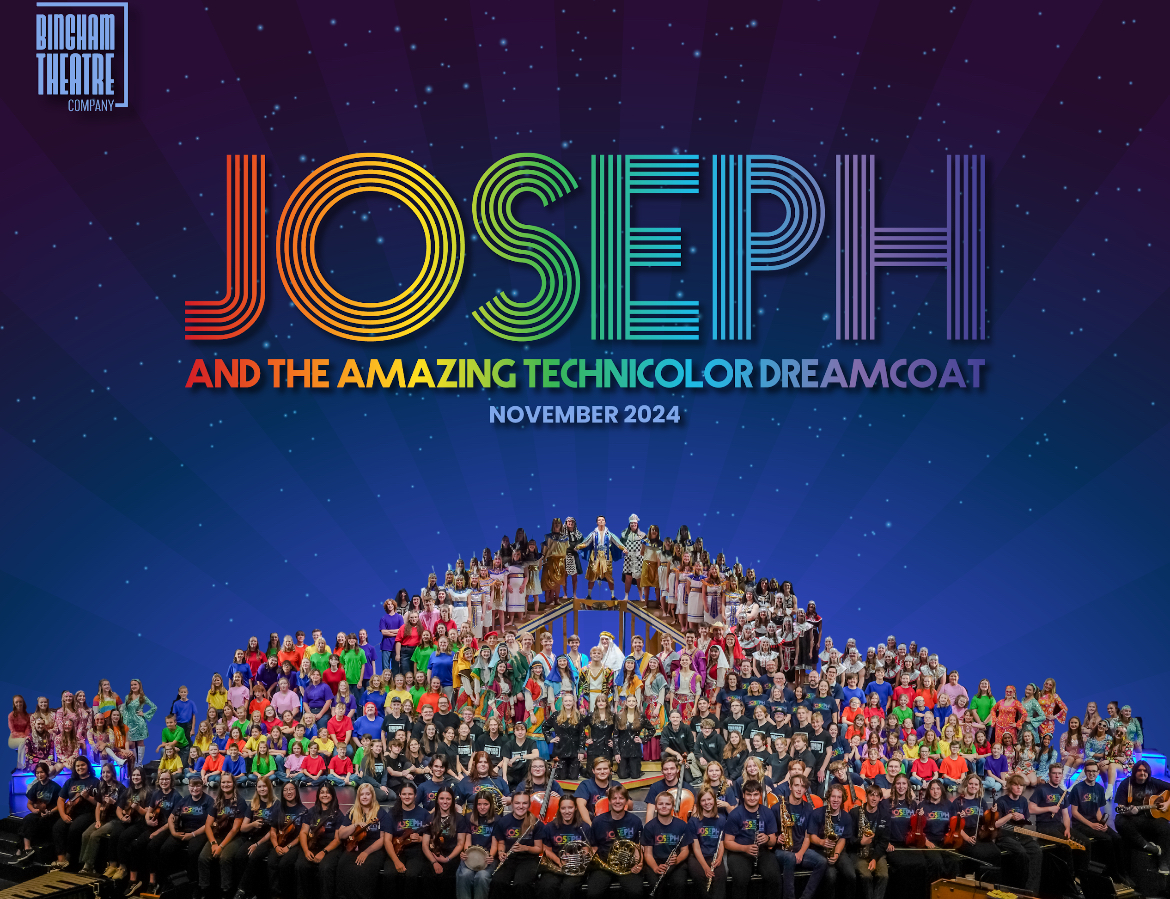Pandora is one of the easiest ways to find great new music. It has revolutionized the way people listen to and find new genres to love. “You pick an artist, song or genre and it selects similar songs,” said junior Kate Rasmussen. The program magically seems to know everything about your music preferences and makes it easy to build a personalized music library. But how does it really work?
Other Internet Radios use the artist or song that you’ve picked to find additional music that you might like. However, Pandora is different. They find more variety and newer artists and it’s all accomplished through the Music Genome Project.
In January of 2000, Will Glaser, Tim Westergren, and Jon Kraft came together and founded Pandora Media with the help of Nolan Gasser, creator of the Music Genome Project. He did this in an effort to “capture the essence of music at the fundamental level.”
It uses almost 400 attributes to describe songs and a complex mathematical algorithm to organize them. It is made up of 5 genomes, Pop/Rock, Electronica, Jazz, World Music, and Classical. One song has a vector (a list attributes) composed of about 400 “genes.” Each gene corresponds to a characteristic of the music. For example, it could be the gender of the lead vocalist or even the distortion. Rock and Pop songs have 150 genes, rap has 350, and jazz songs have about 400. Other genres have about 300-500 genes. Each gene is assigned a number between 1 and 5 in half integer increments.
But despite the intricate workings of such a program, Pandora’s response time is always quick. No other Internet radio station operates in such a complex way. It does not have a mind of its own and it does not involuntarily choose songs that do not correspond with a person’s selected taste. ”There are very few commercials and I love that you get to choose your own genre,” said senior Lexi Hansen. “All I listen to is country.”
Just type in their web address and get ready to listen to some great new music right off the bat. It’s all just a “like” button away.







